Oz Perkins: Weaving Personal Torment into Fairy Tales
Oz Perkins, son of the iconic Anthony Perkins (best known for his portrayal of Norman Bates in Hitchcock’s “Psycho”) and the multifaceted Berri Berenson (model, actress, and photographer for Glamour and Vogue), carries a cinematic legacy. However, his life has been marked by tragedy: his father’s death from AIDS-related pneumonia in 1992 and his mother’s passing in the 2001 World Trade Center attacks.
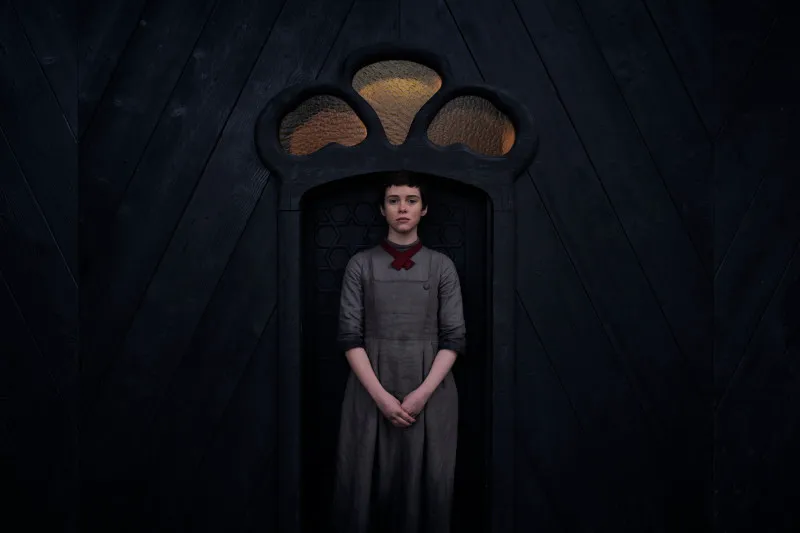
These events deeply impacted the young Perkins. After struggling to find his footing as an actor, with minor roles in films like “Legally Blonde” and “Secretary,” he took a leap of faith in 2015. With limited directing experience, he helmed the indie horror film “February” (released as “The Blackcoat’s Daughter” in some regions). This gamble paid off, establishing Perkins as a promising filmmaker capable of infusing genre conventions with profound reflections on personal struggles.
Exploring Themes of Isolation and Trauma
“February,” seemingly a standard tale of demonic possession, subtly shifts its focus. The protagonist, a Catholic boarding school student named Kat, grapples with the death of her parents. Finding no solace from the nuns or her peer Rose, she turns to the only entity willing to share her pain: the Devil. Despite the horrors she commits, the film evokes empathy for this lost and isolated soul. Perkins continued to explore themes of loneliness in his second film, “I Am the Pretty Thing That Lives in the House,” where he delved into his relationship with his deceased father. Notably, all three of his films center around female protagonists.
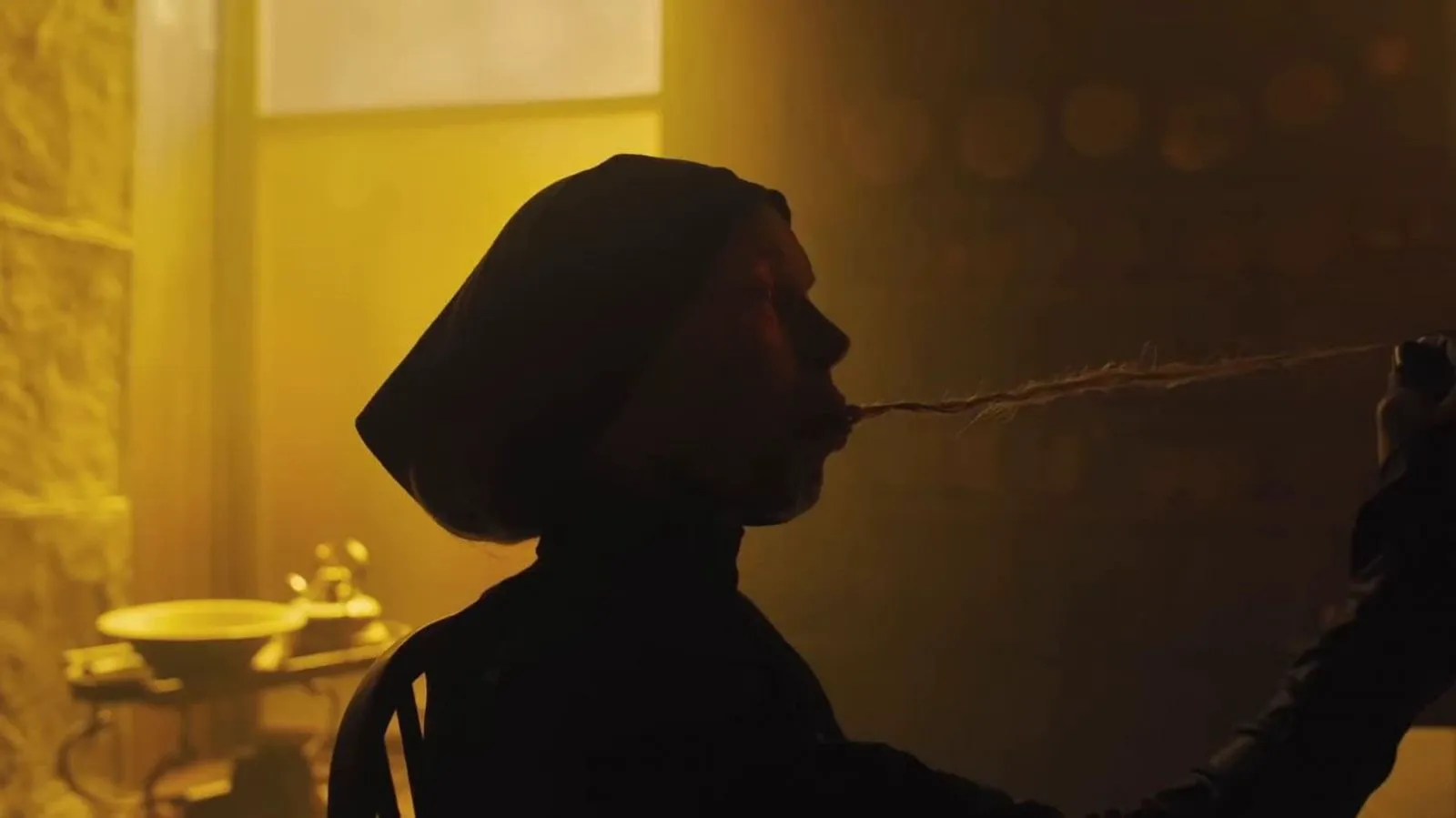
“Gretel & Hansel”: A Feminist Reimagining
Perkins’ “Gretel & Hansel,” while rooted in folklore, aligns with his established artistic vision. The story revolves around the familiar brother and sister, abandoned by their impoverished (in this adaptation, single) mother. Before reaching the infamous witch’s gingerbread house (which is less enticing this time around), they encounter malevolent forest dwellers, a hunter who offers survival tips, and even ingest hallucinogenic mushrooms.
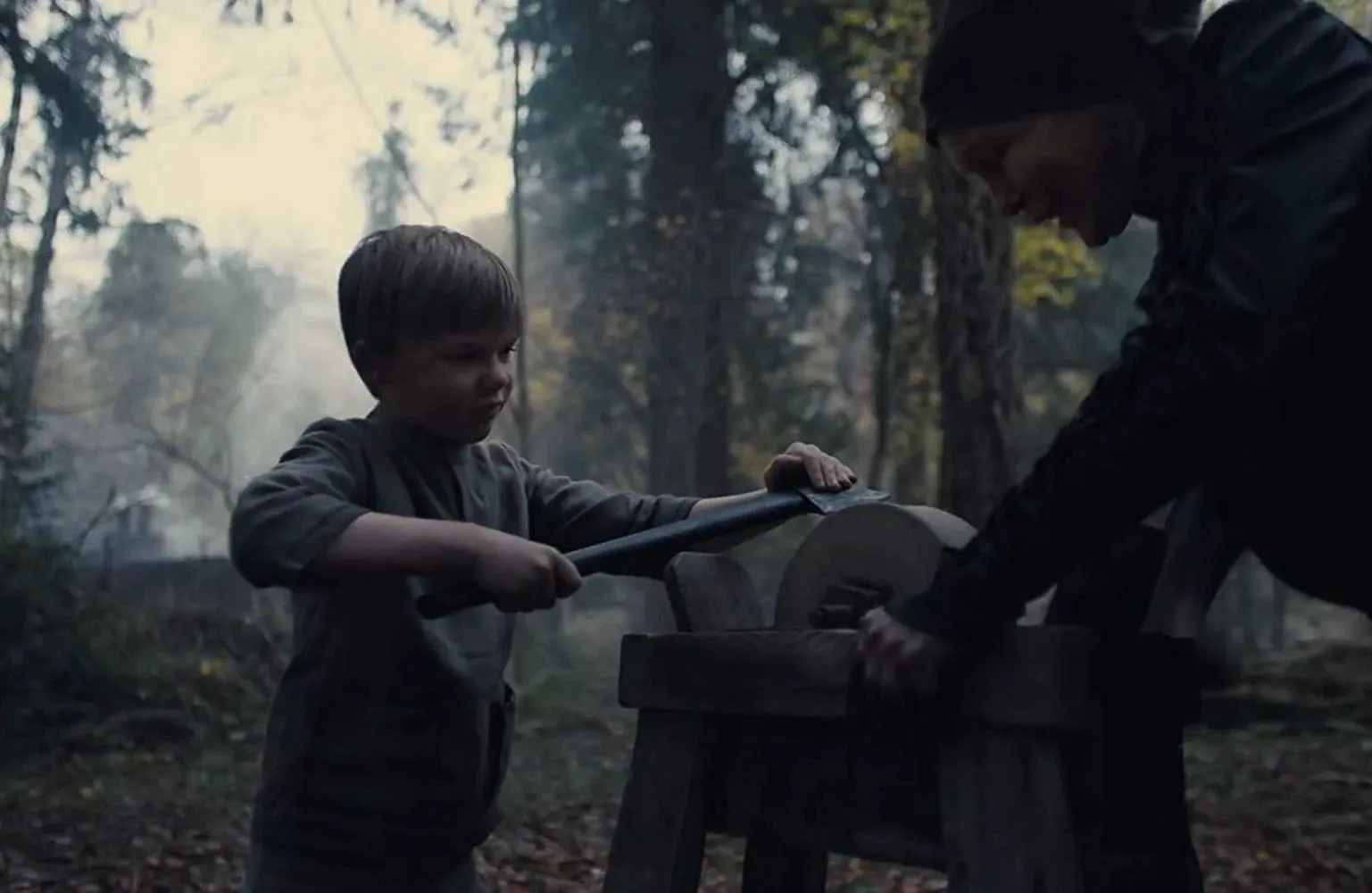
Perkins’ boldness lies not in superficial plot changes, but in his thematic reinterpretation. The unconventional title, “Gretel & Hansel,” is not a mere nod to feminism, but a reflection of the director’s penchant for shifting perspectives. He imbues classic narratives with new meaning, whether it’s exorcism horror, haunted house tales, or Grimms’ fairy tales.
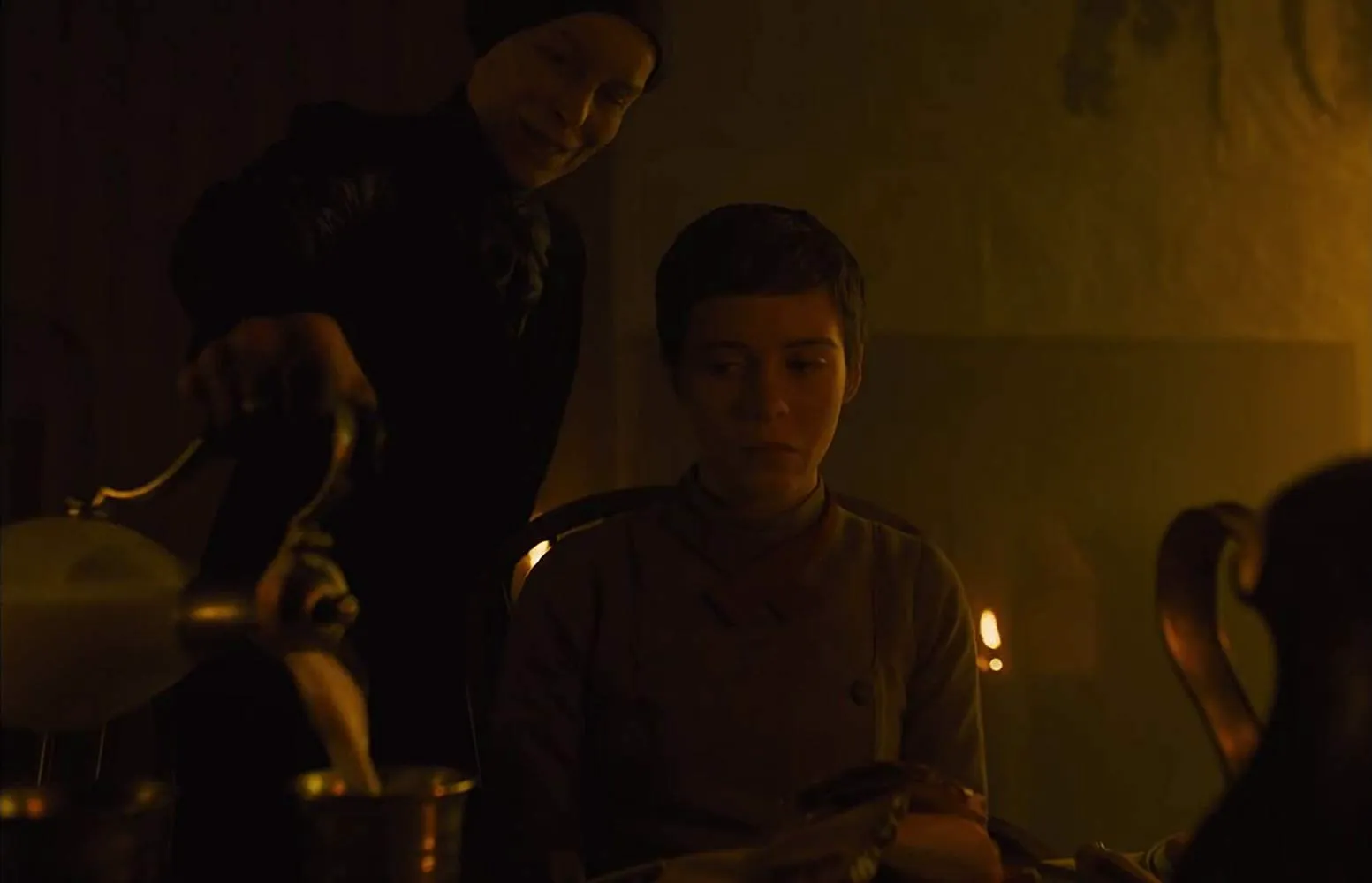
Gretel is portrayed as another introspective, isolated character, alienated from the world. She is criticized by her mother and brother for refusing to work as a servant for a repulsive lord (a brothel owner in disguise). In the witch’s house, the only source of empathy comes from the unsettling old woman, whose table is inexplicably laden with food each morning. Gretel, not her younger brother, is the heart of this story.
A Coming-of-Age Tragedy
While retaining elements of the traditional fairy tale, Perkins prioritizes Gretel’s personal journey. The film explores her coming-of-age, her growing awareness of her sexuality, and her desire for independence through severing ties with the past. These themes are clearly important to Perkins, particularly the painful separation from loved ones. The most poignant moments in “Gretel & Hansel” highlight the necessity of diverging paths.
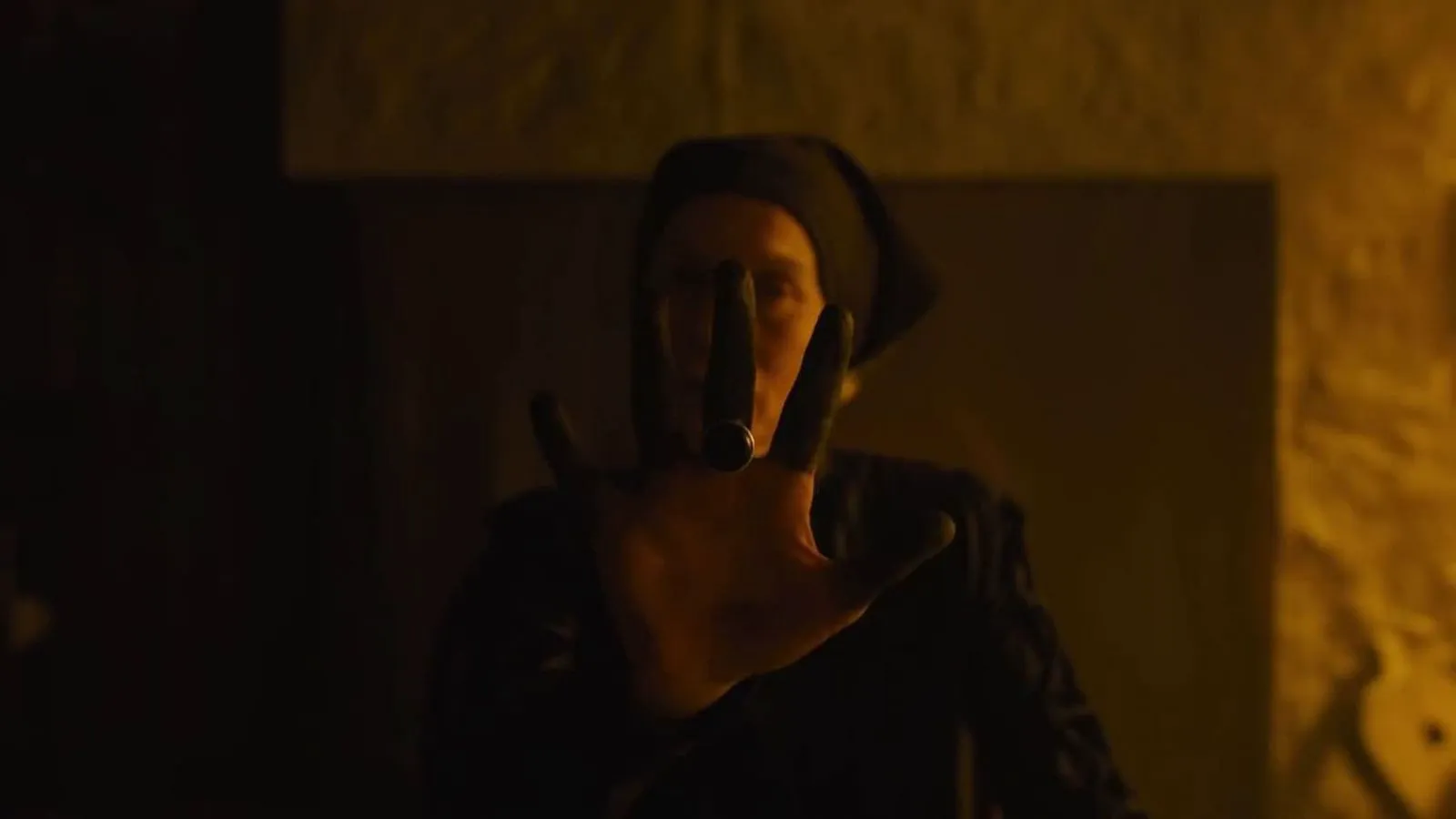
A Formalist Vision
Perkins reaffirms his status as a dedicated formalist. His films are often ambiguous, filled with hints and nuanced details. He uses a phantasmagorical, fairytale-like form to explore complex issues. Perkins’ films are visually striking, with colors and camera movements conveying more than the sparse dialogue. In “Gretel & Hansel,” this reaches new heights, with the witch’s house bathed in yellow hues that shift to cold blues, and the forest punctuated by unnatural red tones reminiscent of Cosmatos’ “Mandy.”
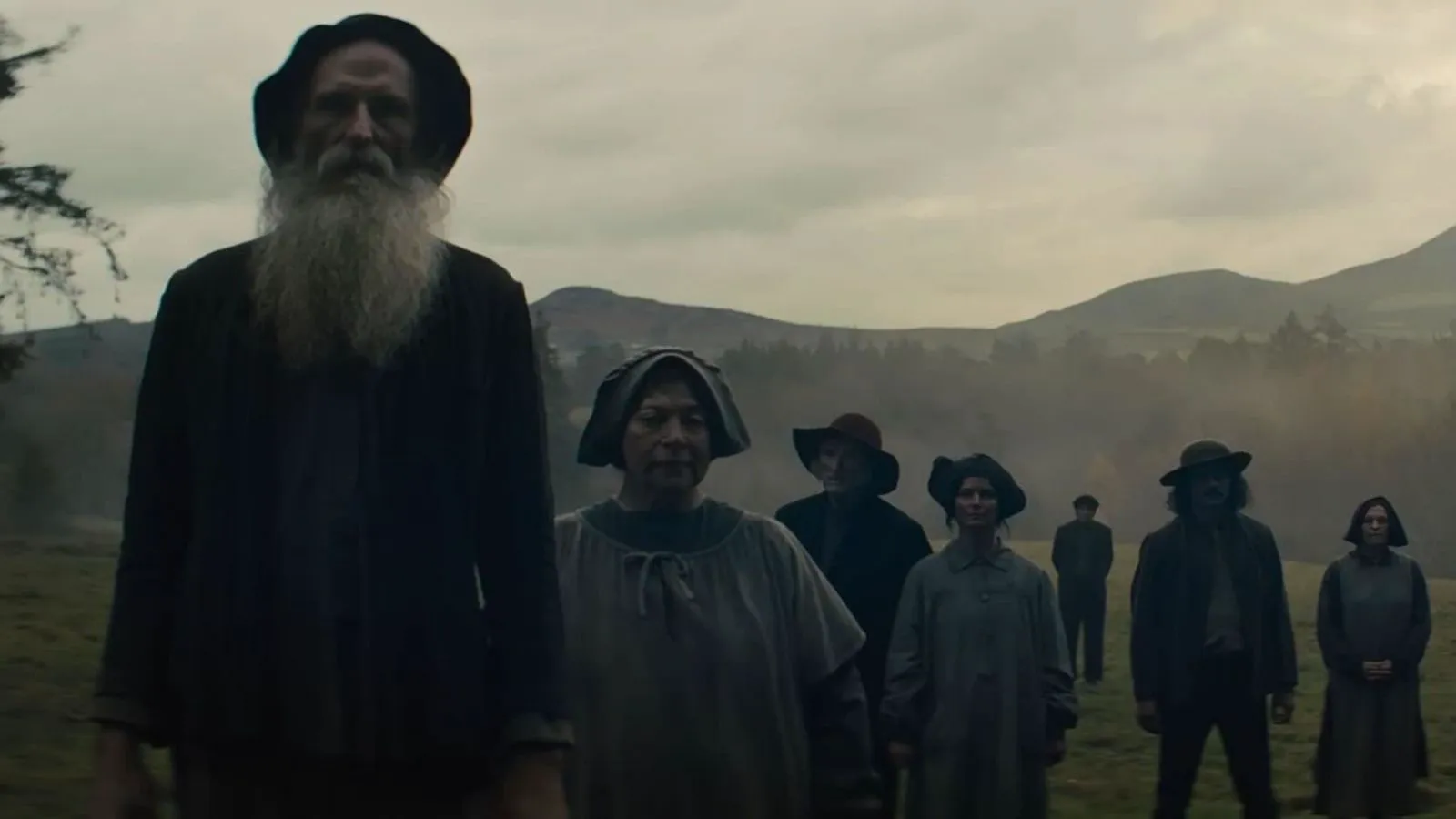
The film resembles a fever dream, where space warps and visions of witches and dead children replace reality. It’s not a conventional horror film, lacking jump scares or intense suspense. Perkins repeats his successful formula, using a slow, deliberate pace to immerse viewers in a series of surreal nightmares and psychological complexes. While “February” and “I Am the Pretty Thing That Lives in the House” established Perkins as a talented director, “Gretel & Hansel” elevates him to the level of Ari Aster and Robert Eggers – a filmmaker who subverts genre conventions and speaks to human passions and fears with genuine sincerity. While not his most groundbreaking work, it showcases the unique vision of a true artist.